Table Of Contents
What is Woven Fabric?
Woven is the most common and oldest textile fabric. Woven fabrics consist of two sets of yarns that are interlaced to each other at right angles. The yarns running along the length of the fabric are called warp ends while the yarns running along the width, selvage to selvage, are known as weft picks.
Woven fabrics are stronger and more durable than any other fabric structures made by the interlacement of yarns.
Types of woven fabric:
Although woven fabric structure is practically unlimited, there are basically three types of woven fabric structures from which all other woven fabric structures are developed. There are 3 types of woven fabric are as follows:
A. Plain Fabric
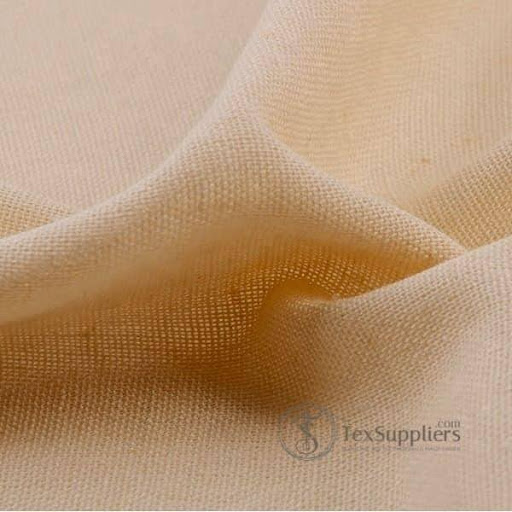
What is the plain fabric?
Plain is the simplest weave pattern. The interlacing pattern of plain weave is obtained by alternatively raising and lowering one warp thread across one weft thread. In the figure below, it’s clear that the weft yarn goes over the first warp, under the second warp, over the third, under the fourth, and so on in the first row. In the second row, the weft thread moves under the first warp, over the second warp, under the third warp, over the fourth warp, and so on. From the third row, the pattern repeats as it was in the first row. That means threads are interlaced in an alternative order.
Main Characteristics of Plain Structure:
- Threads interlace in the alternative order.
- The repeat includes two ends and two picks.
- Both sides of the plain fabric are the same.
- Each thread supports the adjacent threads.
- The texture of the plain fabric is stronger and firmer than any other fabric structure.
- It can be made from any kind of textile, raw materials, and yarns.
- Usually, two heal shafts are sufficient to produce a plain weave.
Derivatives of plain weave:
Weaves that are developed based on the plain weave principle are called derivatives of the plain weave. Here are possible derivatives of plain weave:
Some common plain weave fabrics:
Most common uses of plain weave fabric:
- Shirting
- Suits
- Blazers
- Coats
- Upholstery
B. Twill Fabric
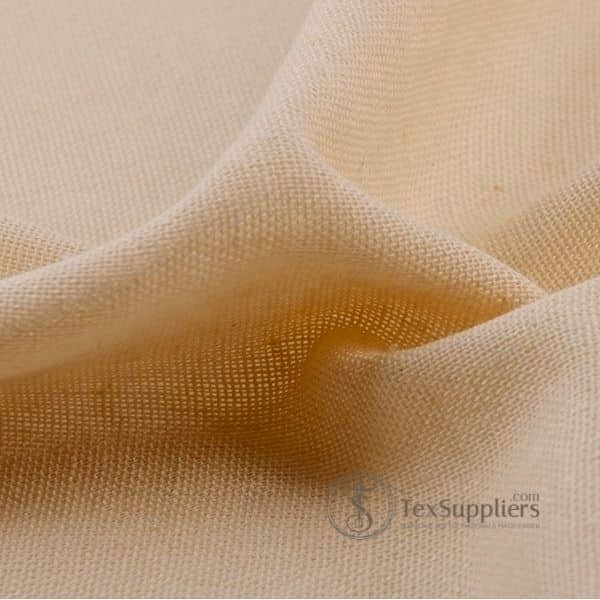
What is twill fabric?
Twill is the second basic weave pattern used to manufacture woven fabrics. The twill weave pattern is characterized by diagonal lines on the face of the fabric. Usually, the diagonal lines run from selvage to selvage. Diagonal lines that move upward to the right are called ‘Z twill’ or ‘ Right Hand Twill’. On the other hand, diagonal lines that run upward to the left are known as ‘ S twill’ or ‘ Left Hand Twill’.
The angle of the twill line varies depending on the spacing between threads and the linear density of the warp and weft yarns. Twills are different from the plain in the number of ends and picks to complete a repeat pattern. While a plain weave requires at least two ends and two picks for a repeat, the simplest twills need a minimum three ends and three picks. Therefore, at least three heald shafts are required to produce a twill weave.
Main characteristics of twill structure:
- The twill weave is characterized by diagonal lines.
- Usually, diagonal lines run selvage to selvedge.
- Less number of interlacement than plain fabric
- The angle of the twill line varies depending on the spacing between threads and the linear density of the warp and weft yarns.
- Increased number of ends per inch and picks per inch.
- The simplest twill needs at least three picks and three ends.
- Twill fabric is very durable.
- Shows few creases.
Types of twill weave:
Weaves developed on the basis of the basic twill weave principles are called derivatives of twill weave. Here are the most common derivatives of twill weave.
- Zigzag or pointed twill
- Diamond twill
- Herringbone twill
- Diaper twill
- Broken twill
- Rearranged twill
- Stepped twill
- Combined twill
- Curved twill
- Shaded twill
- Elongated twill
Types of twill weave:
Twill weaves can be divided into a wide variety of groups based on different points of view.
According to the way of construction:
- Warp way twill weave
- Weft way twill weave
i. According to the twill line direction:
- Z-Twill or Right Hand Twill
- S-Twill or Left Hand Twill
ii. According to the face of yarn:
- Warp Faced Twill Weave
- Weft Faced Twill Weave
- Double Face Twill Weave
iii. According to the nature of the twill line:
- Simple Twill Weave
- Expanded Twill Weave
- Multiple Twill Weave
Some common twill fabrics:
- Denim Fabric
- Gabardine Fabric
- Flannel Fabric
- Chino Fabric
- Serge Fabric
- Drill Fabric
- Fancy Twill
- Sharkskin Fabric
- Foulard Fabric
- Houndstooth (Dogtooth) Fabric
Most common uses of twill fabric:
- Jeans are the most common use of twill weave
- Jackets
- Shirts
- Chinos
- Handbags
- Hats
- Upholstery like sofas, curtains, chairs, cushions.
- Bedding
- Towels
- Sheets
C. Satin or sateen fabric
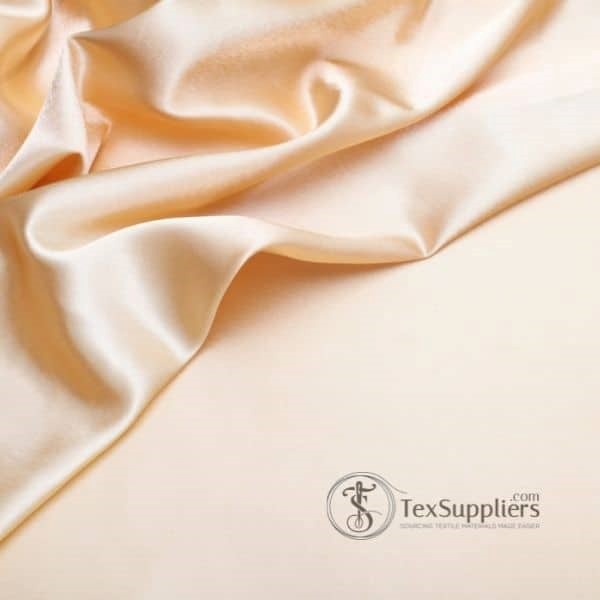
What is satin or sateen fabric?
The third basic weave of woven fabrics is satin or sateen. Satin is a warp-faced weave with binding places arranged to create a smooth fabric surface having no twill lines. More clearly, satin is often described as warp satin which has a much greater number of ends than picks per centimeter. A sateen, on the other hand, is referred to as a weft-faced weave that has binding places arranged to produce a smooth fabric surface with no twill lines. Usually, sateen has a much higher number of picks than ends per unit area.
Main features of satin structure:
- More flexible than plain weave
- Smooth and lustrous surface
- Good drape and elasticity
- Shiny front
- Durable
- Wrinkle resistant
- No visible twill line
- Loose structure
- Widely used for jacquard design
Derivatives of satin weave:
Weaves developed on the basis of satin weave are called derivatives of satin weave. Here are the common satin derivatives.
- Crepe weaves: There are four techniques for creating crepe weaves. They are as follows.
-
- On a sateen base
- By reversing
- By superimposing
- On a plain weave base
- Corkscrew weaves: There are basically two types of corkscrew weaves. They are as follows.
- Odd number corkscrew
- Even number corkscrew
- Shaded weaves: There are also two types.
- Single shaded design
- Double shaded design
Types of satin:
There are basically two types of satin. They are:
- Warp satin or satin
- Weft satin or sateen
Both warp and weft satin can be divided into two groups.
- Regular and irregular warp
- Regular and irregular weft
Some common uses satin:
- Evening gowns and wedding dress
- Chairs and cushioned furniture
- Pillow coverings
- Bedsheets
- Shirts
- Ties
- Lingerie
- Lining
- Hats
- Sport wears
- Footwears
- Bags and clutches





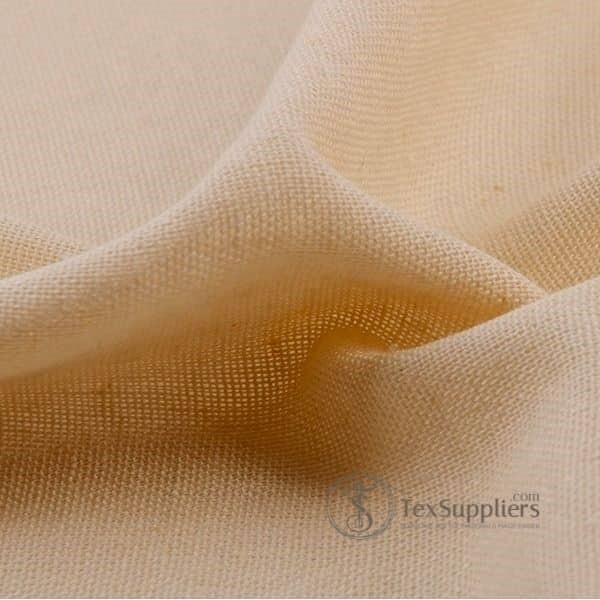

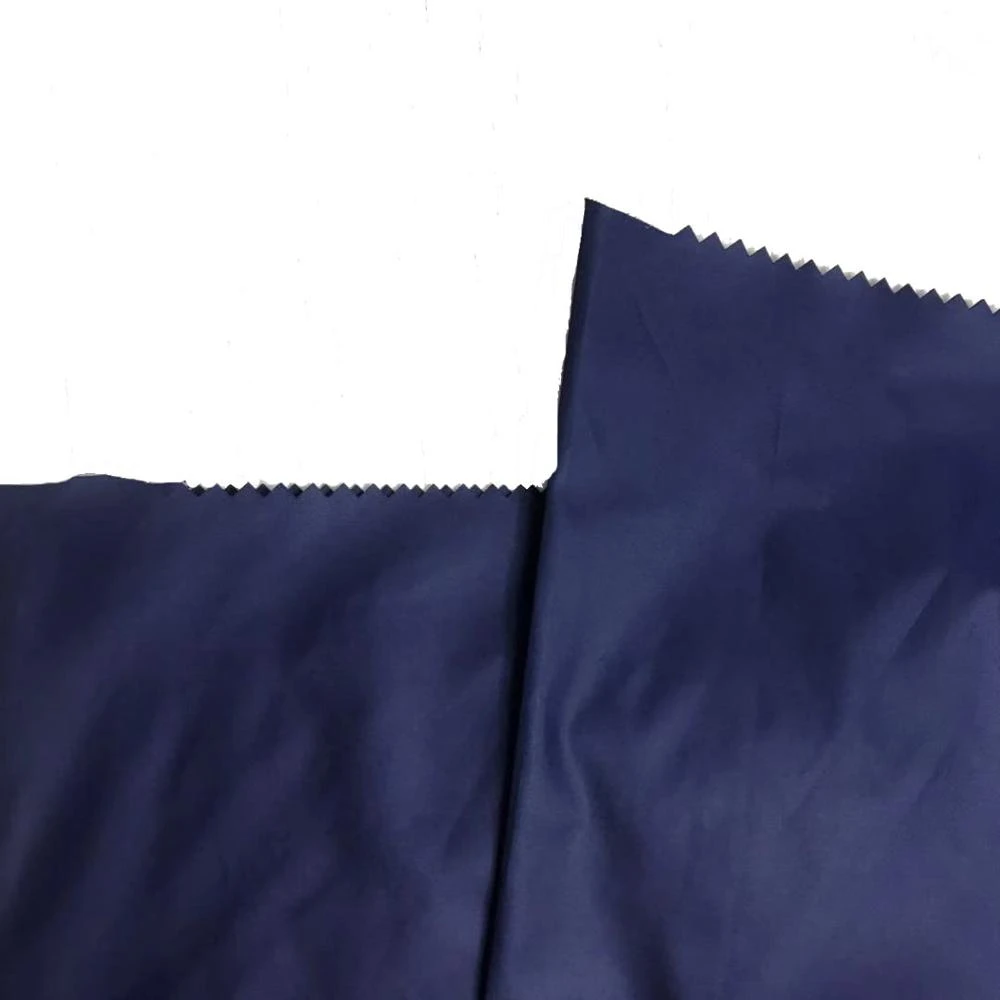
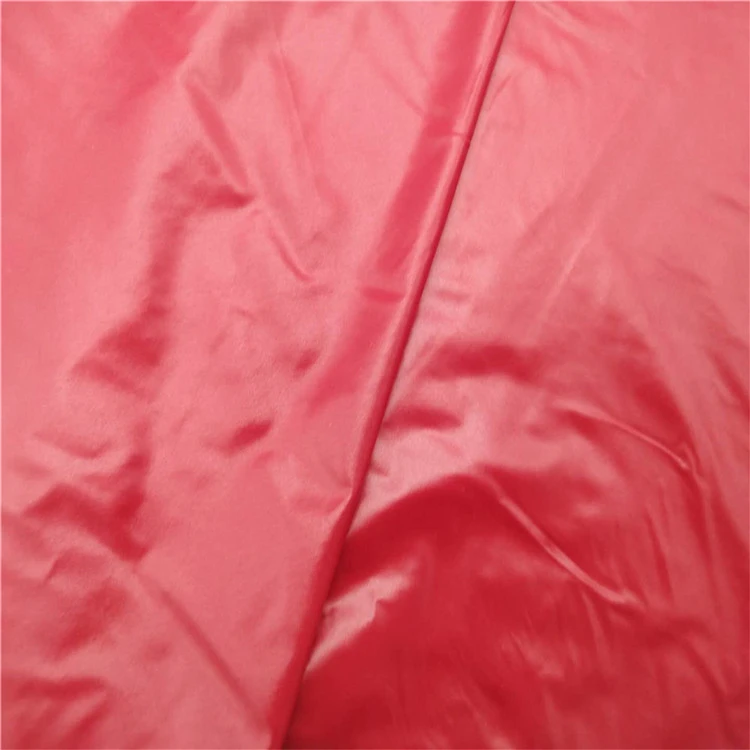
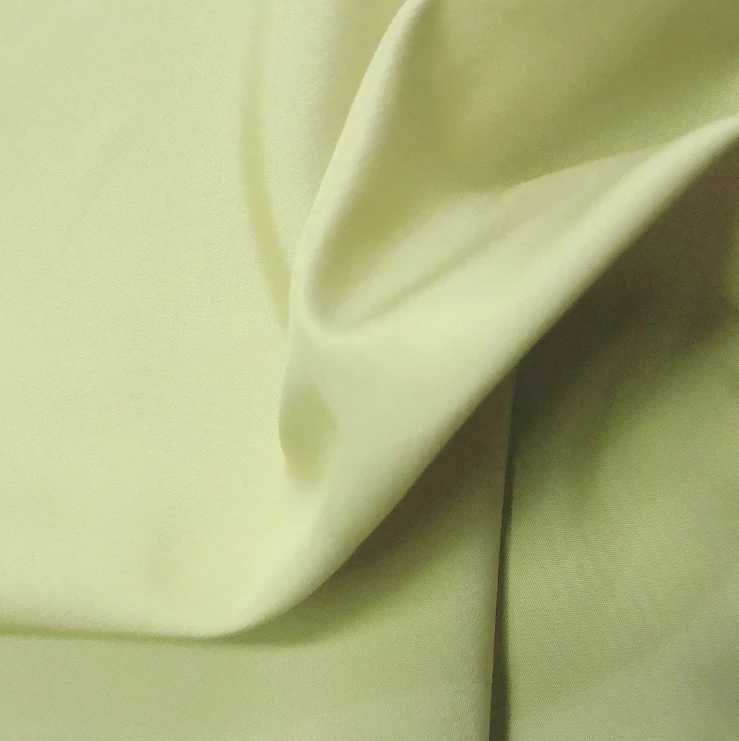
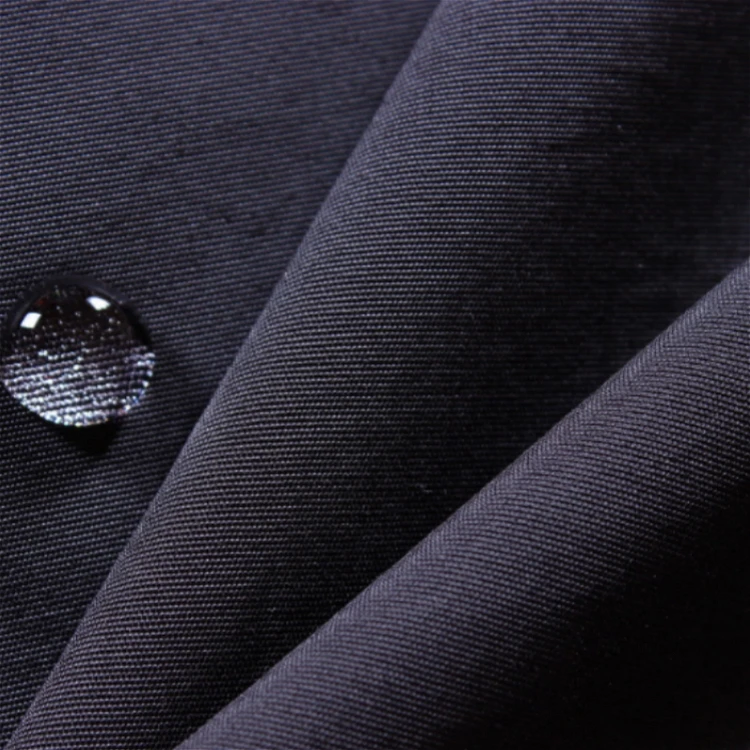
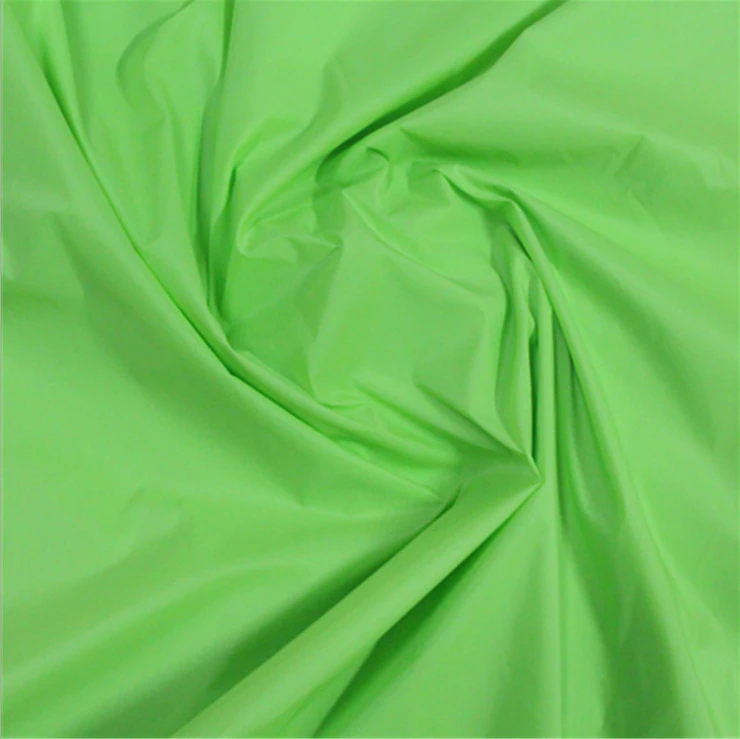
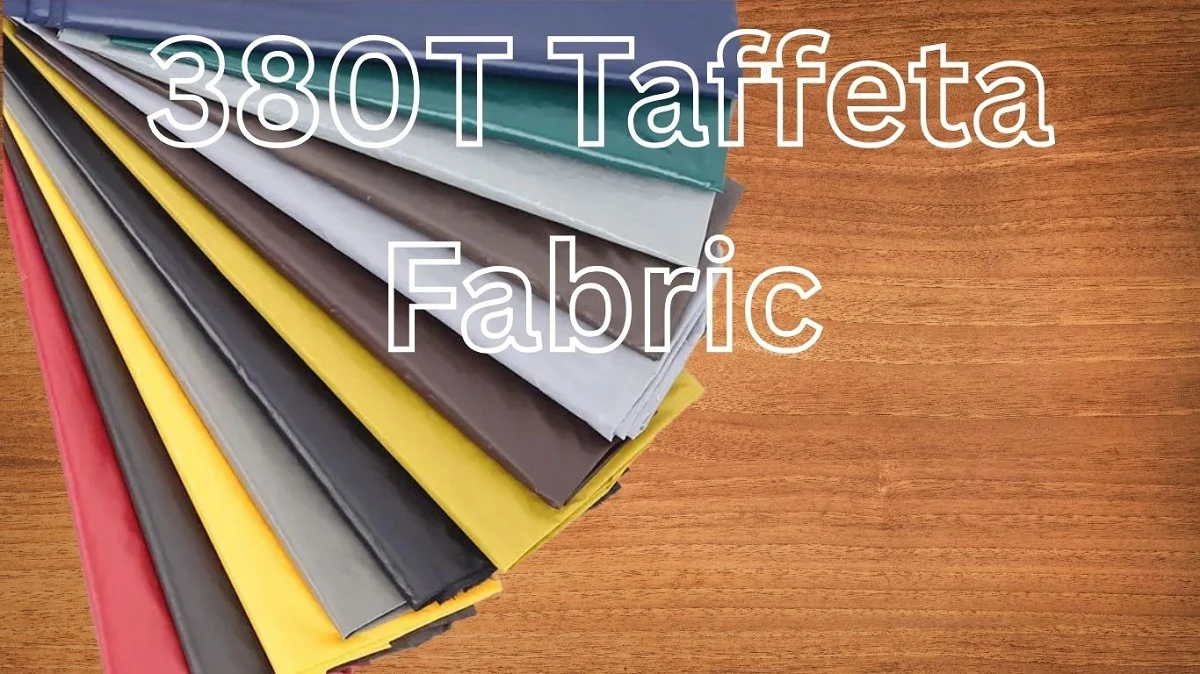
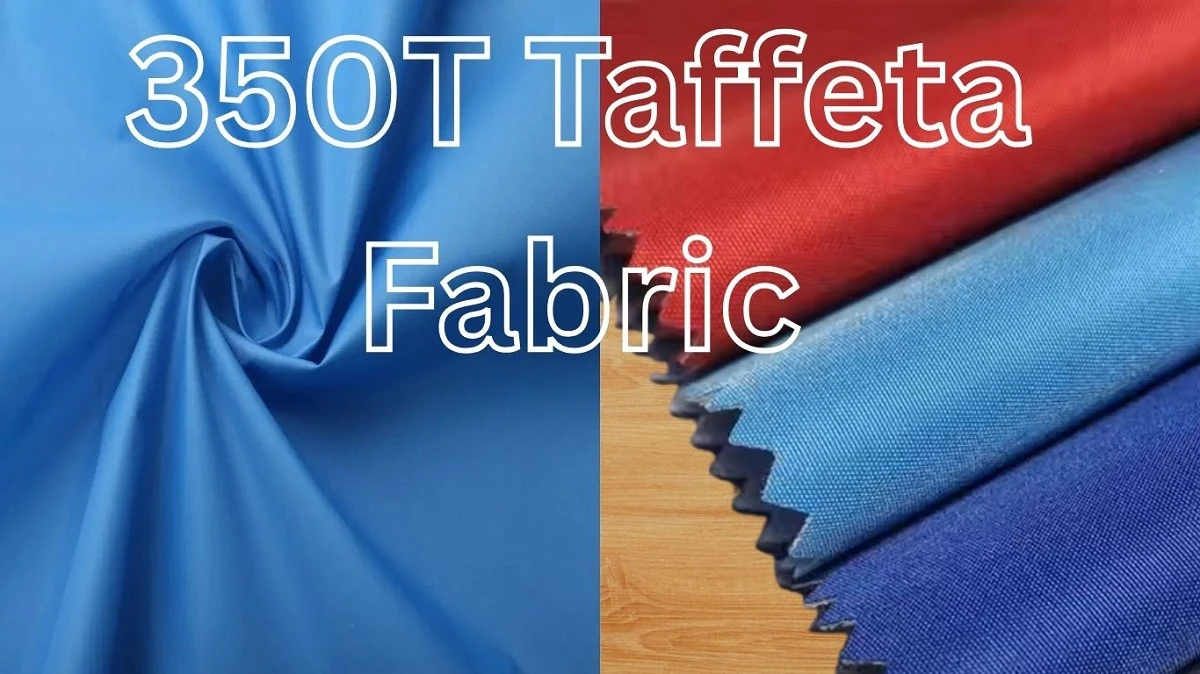
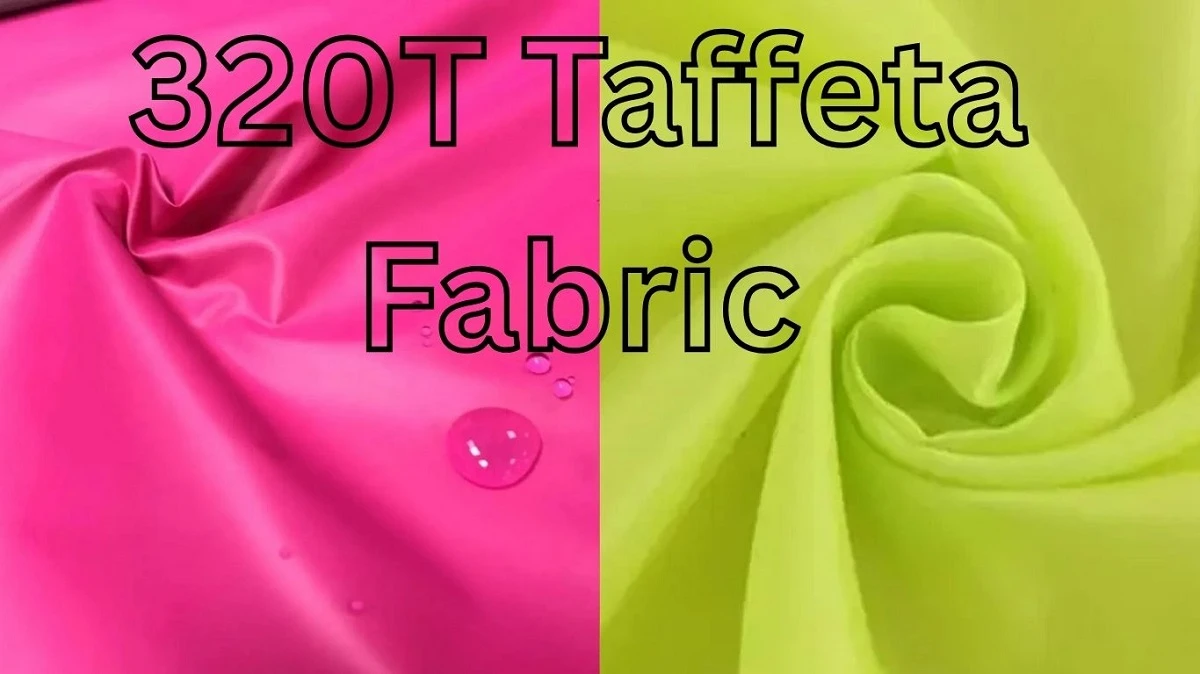
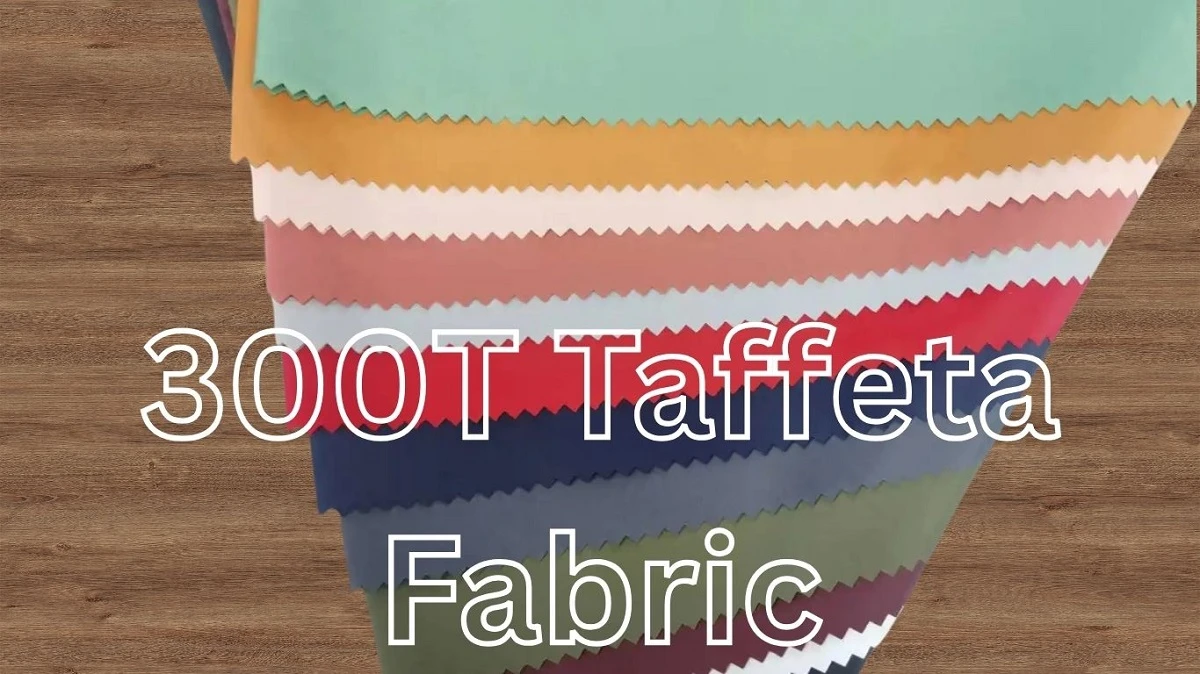
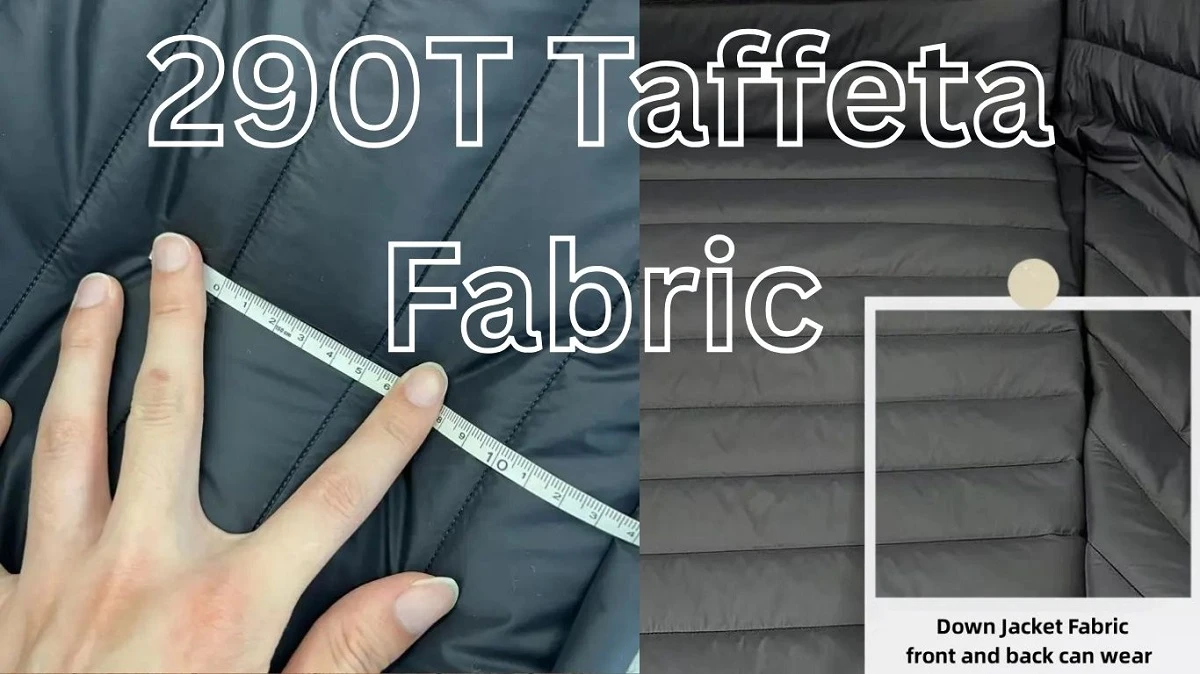
Comments - 00
Leave A Reply
Thanks for choosing to leave a comment.